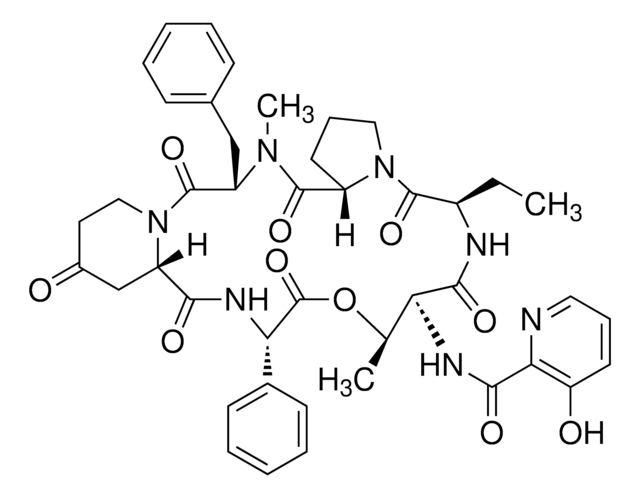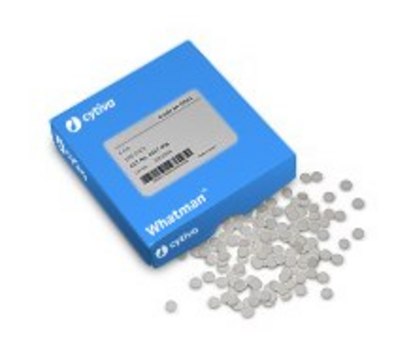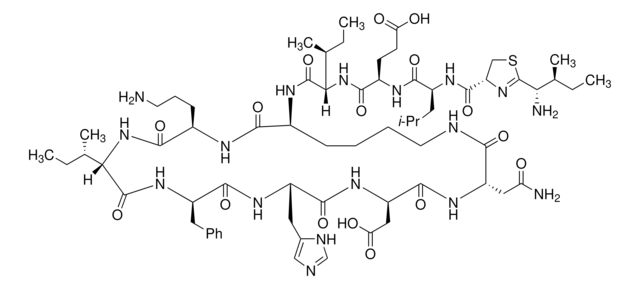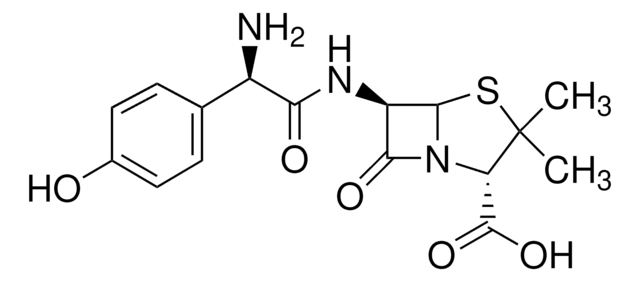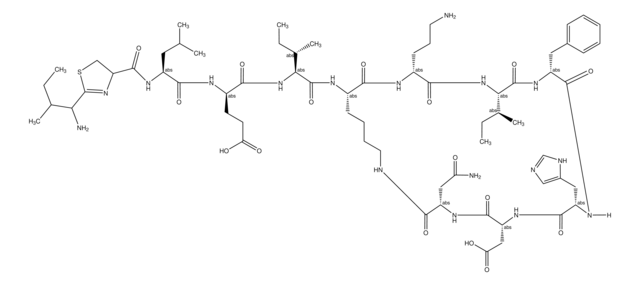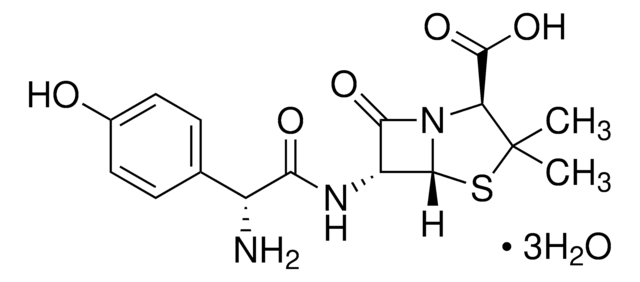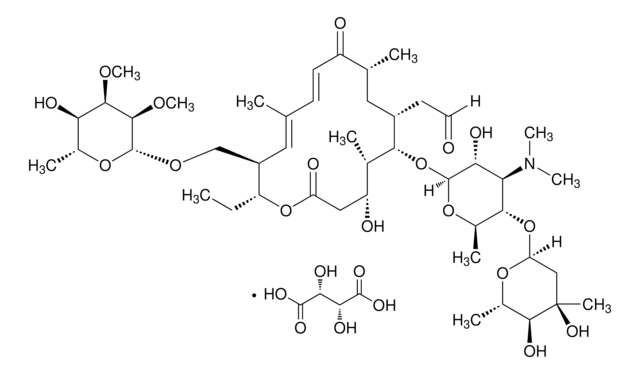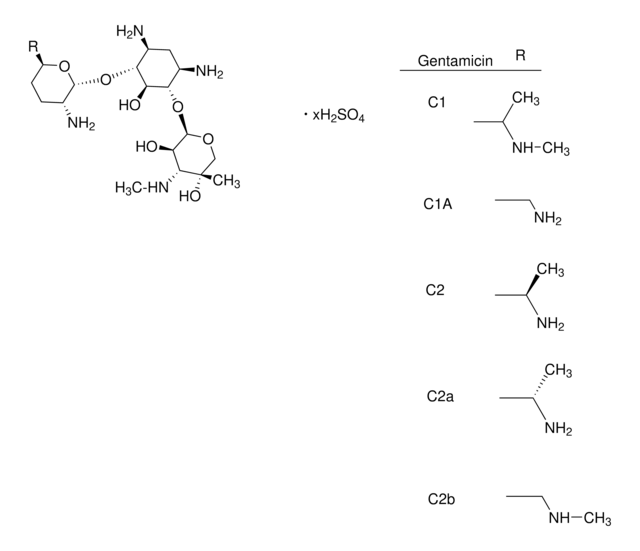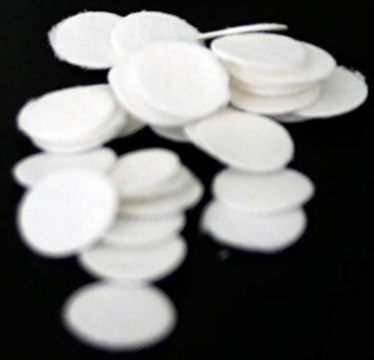V2753
Virginiamycin M1
≥95% (HPLC)
Synonym(s):
Ostreogrycin A, Pristinamycin IIA, Staphylomycin M1, Streptogramin A, Virginiamycin M1, Mikamycin A, Staphylomycin
About This Item
Recommended Products
biological source
Streptomyces virginiae
Quality Level
Assay
≥95% (HPLC)
form
powder
storage condition
(Keep container tightly closed in a dry and well-ventilated place.)
color
white to yellow
solubility
methanol: soluble 10 mg/mL
antibiotic activity spectrum
Gram-positive bacteria
Mode of action
protein synthesis | interferes
storage temp.
2-8°C
SMILES string
CC(C)[C@H]1OC(=O)C2=CCCN2C(=O)c3coc(CC(=O)C[C@H](O)C=C(C)C=CCNC(=O)C=C[C@H]1C)n3
InChI
1S/C28H35N3O7/c1-17(2)26-19(4)9-10-24(34)29-11-5-7-18(3)13-20(32)14-21(33)15-25-30-22(16-37-25)27(35)31-12-6-8-23(31)28(36)38-26/h5,7-10,13,16-17,19-20,26,32H,6,11-12,14-15H2,1-4H3,(H,29,34)/b7-5-,10-9-,18-13-/t19-,20-,26-/m1/s1
InChI key
DAIKHDNSXMZDCU-QHKJSJJMSA-N
General description
Application
Biochem/physiol Actions
Other Notes
Storage Class Code
11 - Combustible Solids
WGK
WGK 3
Flash Point(F)
Not applicable
Flash Point(C)
Not applicable
Personal Protective Equipment
Regulatory Information
Choose from one of the most recent versions:
Certificates of Analysis (COA)
Don't see the Right Version?
If you require a particular version, you can look up a specific certificate by the Lot or Batch number.
Already Own This Product?
Find documentation for the products that you have recently purchased in the Document Library.
Our team of scientists has experience in all areas of research including Life Science, Material Science, Chemical Synthesis, Chromatography, Analytical and many others.
Contact Technical Service